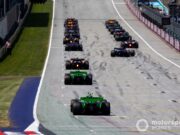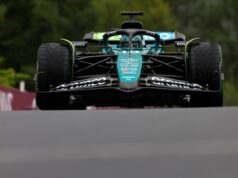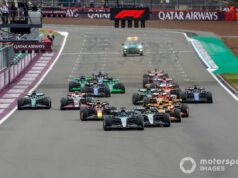You may have heard the term “summer shutdown” in the context of Formula 1, but what does it actually entail?
Given the demanding schedule of this record-setting season, with 24 races spanning from February to December, the upcoming summer shutdown will be a much-needed respite for both drivers and their teams.
This essential break is outlined in the 2024 FIA F1 sporting regulations. Article 24.1 specifies that “competitors must adhere to a shutdown period of 14 consecutive days during July and/or August.”
Since this is enshrined in the regulations, any team that attempts to violate the shutdown rules risks penalties from the FIA.
The guidelines are straightforward: during the two-week break, teams are prohibited from engaging in any activities related to car performance. This restriction encompasses design work, research, wind tunnel testing, and even communication—be it a phone call or email—concerning the car’s performance.
Nonetheless, as Mercedes Chief Operating Officer Rob Thomas notes, some work still takes place.
“Roughly 95% of the staff are hopefully enjoying some time at the beach,” he tells Autosport, “but a lot happens that people may not fully appreciate.
“There’s a considerable amount of planning that occurs leading up to these critical two weeks. It’s the only time available to tackle tasks that typically don’t get addressed due to our constant workload.
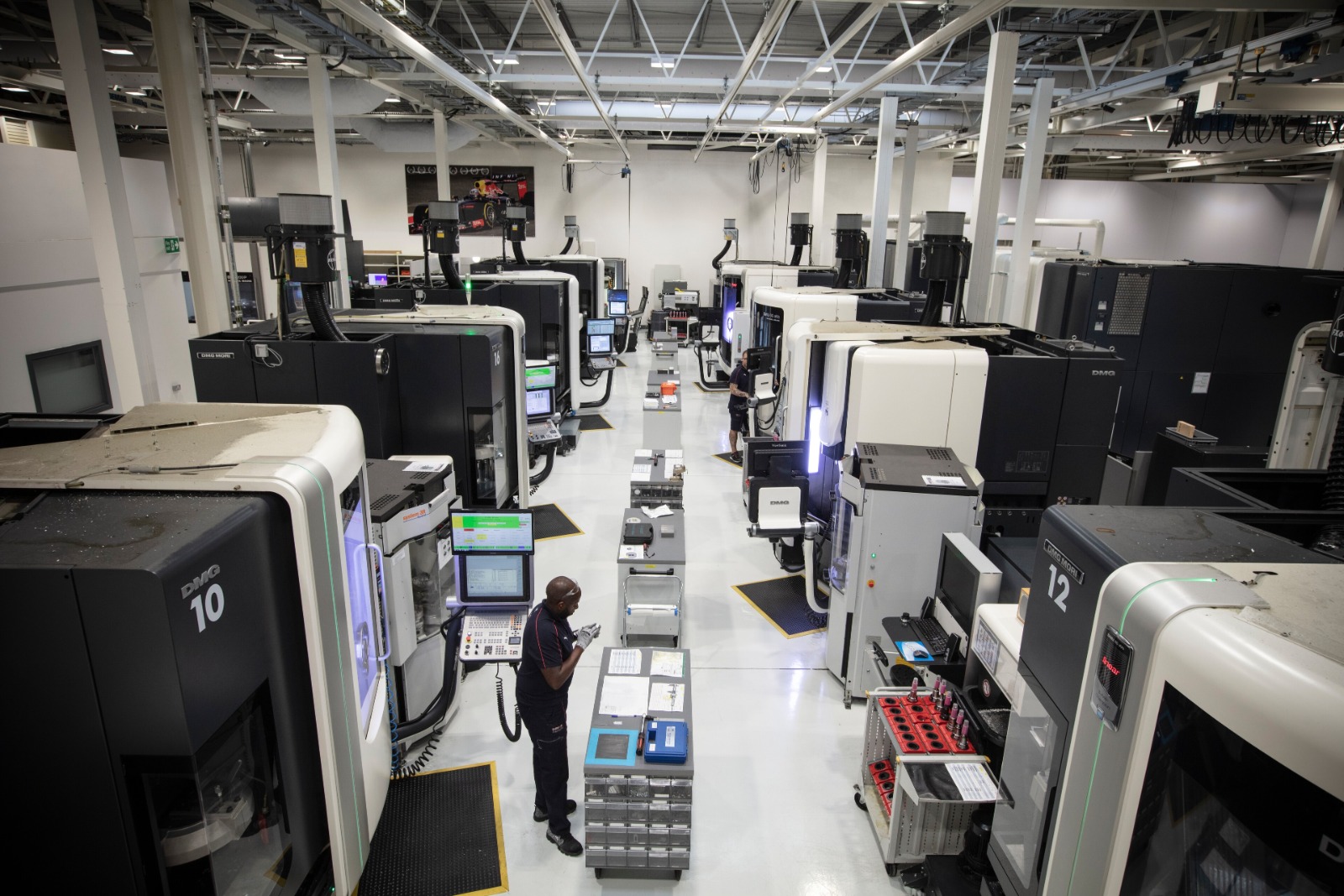
Maintenance work can be carried out by external contractors while regular staff are on their enforced leave
Photo by: Red Bull Content Pool
“It may seem straightforward, but this is a time to thoroughly check everything, similar to how you would service your own car. It allows you to power down for a day without disrupting operations.
“Our shutdown commences at 6 AM on Saturday morning, and once the last employee leaves, a wave of contractors will swarm the facility.
“Their goal is to clean up as extensively as possible. In the machine shop, every machine will undergo servicing.
“We’re actually removing four machines and bringing in four new ones—a substantial task. Surrounding services, such as air conditioning and lighting, also receive their routine maintenance.
“Anything that requires repair will be addressed, and we’ll even repaint the floors so that when people return in two weeks, they’ll notice a significant transformation.”
It falls on the FIA to ensure compliance with these rules. While Thomas states that it’s the responsibility of F1’s governing body to monitor adherence to regulations, he believes it’s unlikely any team would flout the shutdown guidelines.
He remarked: “Like many aspects of Formula 1, it’s challenging for the FIA to directly enforce compliance. Much of it is reliant on the teams’ integrity.
“Consider the hypothetical situation where we were cheating and operating a wind tunnel—it would be quite challenging to keep such activities under wraps due to the frequent movement of personnel between teams.”
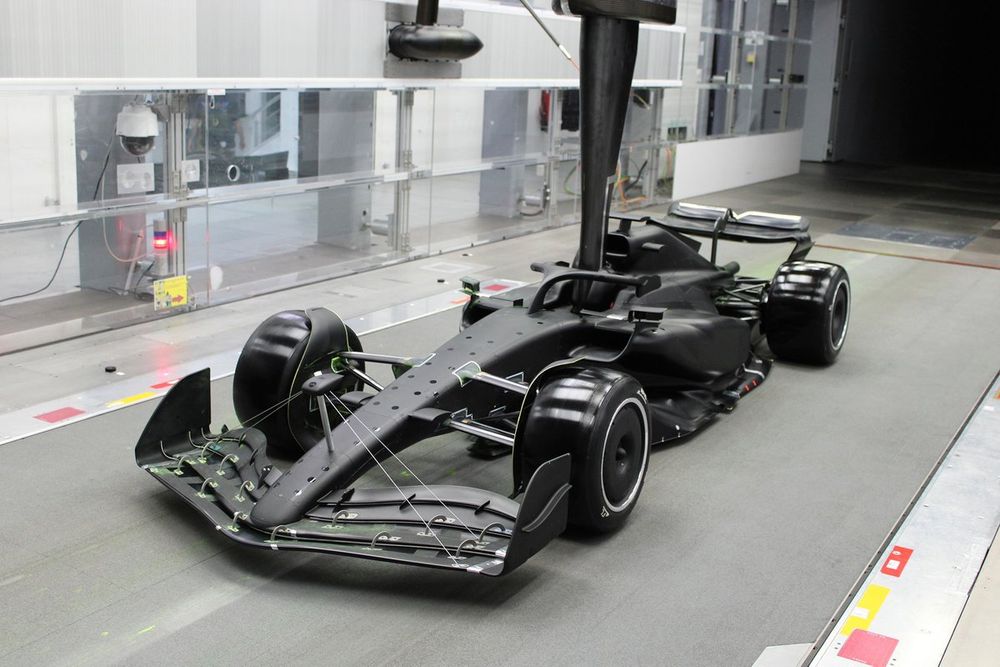
Wind Tunnel Model in Toyota Cologne
Photo by: Andretti Autosport
“While there’s always the possibility that the FIA could come in at any moment to check operations, I don’t believe that has ever occurred.
“Additionally, I’m not aware of any rumors suggesting that other teams engage in unauthorized activities, so I hope everyone adheres to the regulations because everyone looks forward to this break.”
It’s worth noting that while development on the F1 car ceases, not all departments come to a standstill. Areas unrelated to car performance and development can continue to function as usual.
Thomas explained: “The sporting regulations clearly dictate that no testing, design work, production, car assembly, or racing activities can take place.
“This shutdown is one of the best decisions ever made in Formula 1; otherwise, the work would never cease.
“Certain sectors of the business, such as commercial or financial departments, need to remain active to manage essential tasks like end-of-month activities.
“We’re also undergoing some construction work, and when I talked to the site manager overseeing a major project, he mentioned that having the team out will greatly help since the cars tend to occupy so much space, allowing them to proceed with their building tasks.”






















